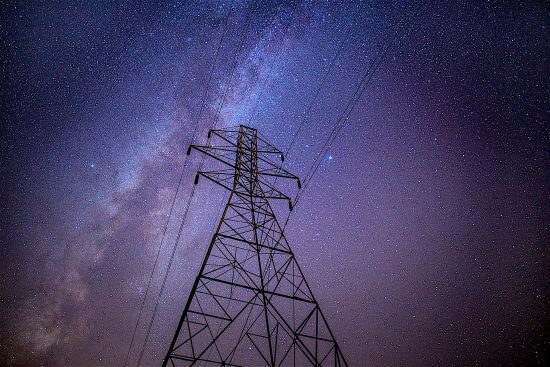
Sep 5, 2019
Stars are electrically charged.
From an early age, children are taught that stars are burning balls of hydrogen gas. Also, that gravitational attraction from a star like the Sun is what holds the planets in their orbits. Fusion fire in their cores is said to take a million years to reach the photosphere (the surface), because their interiors are thought to be incredibly dense.
Conventional theories about stellar evolution are not the topics of this paper. Suffice to say, stellar diagrams that establish age according to color and temperature are missing important points. If electrical influences are considered, it can be shown that it is externally applied electric currents and not internally generated fusion energy that powers the stars. This is not a trivial difference: electrically driven stars is an entirely new paradigm.
At some time, billions of years before any particular shining star was born, say astronomers, a wispy cloud a thousand times less dense than a puff of smoke began to condense. Regardless of whether it was shock waves or “radiation pressure”, the required energy for that collapse is kinetic and mechanically induced. In fact, lowering thermal activity is how the first theory suggests stellar formation begins. The second theory requires a star 20 times more massive than the Sun to irradiate a cloud from close-up for millions of years.
Electric stars, on the other hand, are not the progeny of collapsed clouds, they result from charge separation. Positive ions and negative electrons move within plasma in ways not governed by gravity, although gravity might cause some heavy positive ions to create a charge surplus in one volume of space over another. When that happens, a weak electric field develops. An electric field, no matter how weak, will initiate an electric current that generates a magnetic field. Those fields interact with the magnetic fields generated by other currents.
In an Electric Universe, gravity, density, compression, and mechanical phenomena give way to the effects of plasma. The stars are not hot, dense balls of hydrogen being crushed into helium and electromagnetic radiation by gravitational pressure. Rather, they are plasma phenomena, with fusion taking place on their surfaces. The Electric Universe definition of “plasma” is not “ionized gas”. Plasma is an emergent (higher-level or statistical-level) orderliness of complex electrical forces like filamentation, long-range attraction and short-range repulsion, braiding, characteristic velocities, formation and decay of plasmoids, etc.
Stars do not follow the course that conventional understanding demands. They are not balls of hot gas, they are composed of various elements in the plasma state. Since plasmas are ionized and electrically charged they do not behave like a pressurized gas, so gravity is not sufficient when it comes to explaining star birth and star death. Gravity has its place, but it is a weak force compared to electricity.
Stephen Smith
The Thunderbolts Picture of the Day is generously supported by the Mainwaring Archive Foundation.












